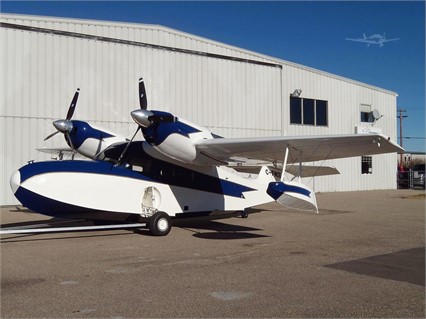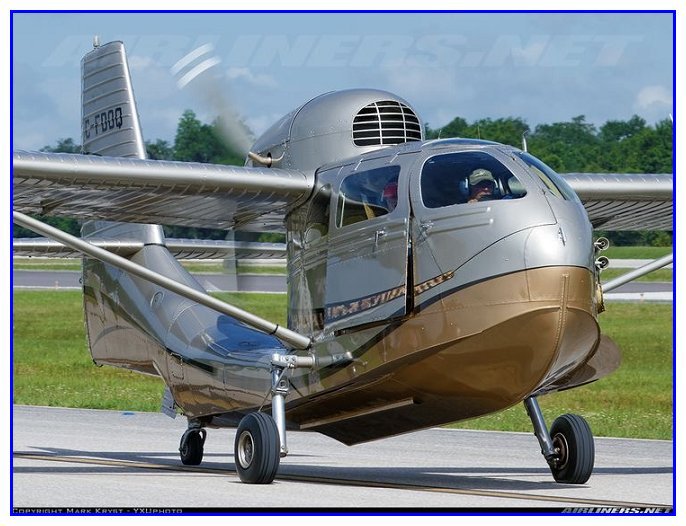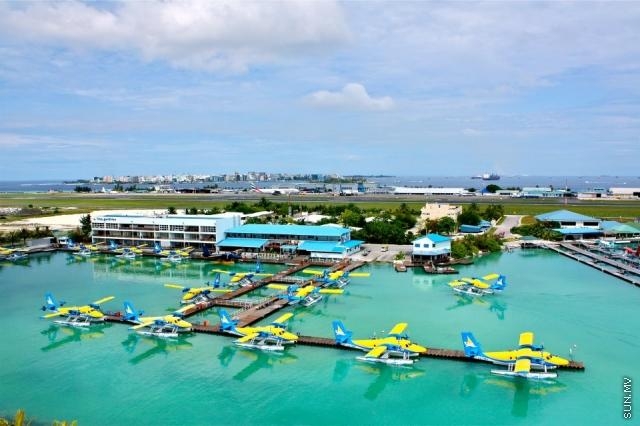- Operate off a salt water mooring for part of the year.
- Regular runs between Reno and San Francisco, likely in IMC conditions as well. About 300 miles, including over mountains.
- Operate off of gravel runways. I think this is difficult for most float planes?
- Payload of at least 550lbs, two big guys and some baggage.
- Occasional runs between San Francisco and Long Beach. About 400 miles.
- Ability to run on mogas, due to off airport operation.
- Payload of ~900lbs to bring along a couple more people and gear occasionally.
- Range/Speed for long cross countries. i.e. San Francisco to Austin.
Budgetwise... I am thinking of a single or twin piston, under 150k if possible and hopefully under $200/hr. I haven't really seen many twins that fit the bill. So far I am leaning towards an experimental Searay with a 914, but greater range, speed and payload would all be nice.
Whoo. That's a tall order to get all of that in a single airplane for that budget. Or at all.
1) Salt water would push me towards composites (like a Seawind), or at least composite floats, and it's going to cost you time and money in maintenance. Salt water is nasty stuff.
2) IFR should be possible in many seaplanes, though you might have trouble getting down through the marine layer. I know Max Trescott got his ATP-AMES a couple of years ago, so he might be able to fill you in on whether there are any seaplane bases out there that have approaches. Or are you looking to land at SFO or another land airport in that area?
3) Yes, doing this is not the forte of an amphib. You would probably be beating the crap out of the floats if you did this. But, if you're not looking to fly from a gravel runway to a waterway, there are plenty of bush planes that get moved between floats, bushwheels, and skis at different parts of the year. Would that work for you?
4) So, no LSAs, and no Citabrias/172s or any of the smaller/lower powered floatplanes. You need a C180 or 182, minimum.
5) That shouldn't be much problem for the planes we're talking about.
6) OK, so now we're restricting the high end, since you won't likely find something >250hp that can run mogas.
7) Forget it. If you want this, you're probably going to need a turbine. Or, at least something like a de Havilland Otter or Beaver, or Pilatus PC-6. In any case, I doubt you'll find any of these within your budget.
8) Seaplanes are slow. You either have a big honking set of floats out there causing a ton of drag, or your fuselage is shaped like a boat hull, which will also cause a lot of drag. The Seawind is probably the best for speed, and if you find one with a turbine or at least a turbo you can get up high for the long trips and get some pretty good speed... But it's gonna be 50 knots slower than an otherwise-equivalent landplane.
I think a Seawind or a Cessna 180/182/185 on composite floats would likely be your best bet, though both will stretch both your purchase and hourly budget. Neither will be good at gravel runways, but the C180/C185 can be pulled off the floats and put on wheels for that if you so choose. The I think the C180 can get a Mogas STC, but none of the Cessnas are going to be great for the really long cross countries - The Seawind will easily outrun them. But, the Seawind would be a terrible plane to take to a gravel runway and can't burn mogas.
A potentially better option would be to buy TWO airplanes. If you can split the cross-country mission from the "fun backcountry" mission, and you don't need to operate from water and gravel on the same day, and your higher-payload missions are the cross countries, you might be able to do something like a Comanche 250/260 for the cross countries and something more suited for strictly backcountry flying, and still stay within the total budget.







